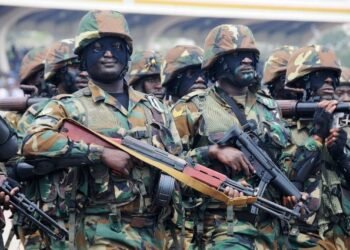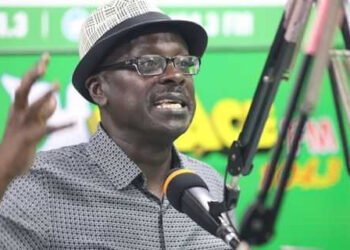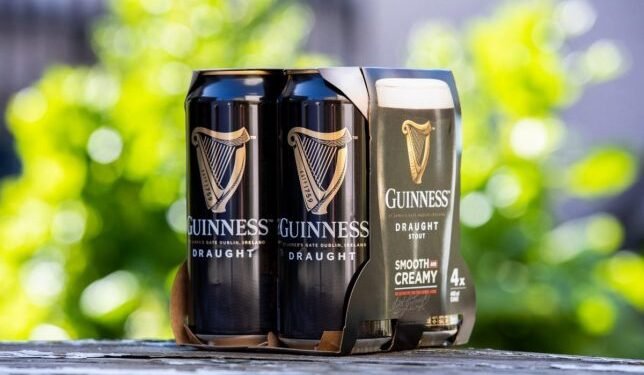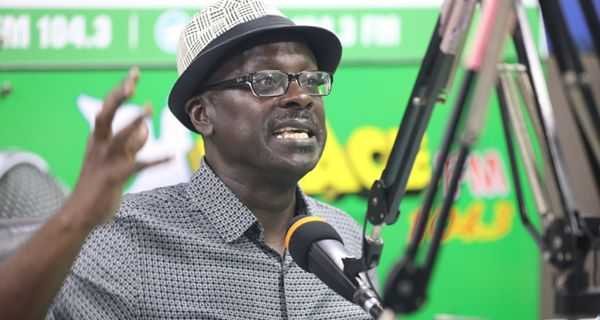Ghana has through the West Africa Power Pool (WAPP) program boosted its electricity generation capacity and trading within the West African region, thus currently, the country’s export capacity is at 200 Megawatt (MW), according to an assessment by the World Bank.
At the beginning of the WAPP program in 2011, electricity was produced from hydro and thermal plants in Ghana. Essentially, from a low-cost gas or hydro energy mix, this has led to the potential of making Ghana able to accelerate cross-border electricity exchanges across WAPP zones.
Accordingly, this relatively low-cost gas or hydro energy mix had the potential to feed into cross-border electricity exchanges across WAPP zones, bringing financial benefits to Ghana as well as the needed power to neighbours such as Burkina Faso.
Member countries of the WAPP are Benin, Burkina Faso, Ghana, Guinea, Guinea Bissau, Ivory Coast, Liberia, Mali, Niger, Nigeria, The Gambia, Togo, Senegal, and Sierra Leone.
That said, the West Africa region accounts for about one-third of African gas and oil reserves and over 23,000 Megawatt of technically exploitable hydropower capacity. In spite of this, the challenges that the World Bank notes have to do with distribution. “The major sources of electricity supply are located far away from the main centers of consumption.”
“The West Africa Power Pool (WAPP) program was conceived to help address this problem. Doing so is a critical part of improving access to energy in a region where much of the population has relied on firewood and charcoal to meet their energy needs.”
Phases of the WAPP Program
The first phase of the IDA-supported International Transmission Hub Project aimed to increase Ghana’s electricity export capacity. Also, it was to reduce the cost of electricity supply to Burkina Faso. This was achieved through the development of a transmission line between Bolgatanga in Ghana and Ouagadougou in Burkina Faso.
With the second cross–border interconnection for Burkina Faso, the main focus of the project was the development of a transmission line between Bolgatanga in Ghana and Ouagadougou in Burkina Faso. The project also aimed to support the reinforcement of the transmission grid in Ghana, as well as the electrification of rural localities along the right-of-way in Burkina Faso.
“The interconnection will diversify the imports sources of energy to Burkina and have a major impact on the quality of service provided by Société Nationale d’électricité du Burkina Faso,” explained François De Salles Ouédraogo, General Director of Burkina Faso’s national electricity company.
Moreover, the project was supported by International Development Association (IDA) grants totaling US$41.9 million. This included US$16 million to Burkina Faso and a credit of US$25.9 million to Ghana. The Adaptable Program Loan, within the framework of the World Bank’s Regional Integration Assistance Strategy for West Africa, was the vehicle for providing IDA credit support to the WAPP initiative.
Furthermore, several other institutions have helped to bring the project online. The European Investment Bank committed US$30.9 million and the French Development Agency committed US$39.3 million.
Other funds were raised from the French Development Bank which financed the 330 kilovolt (kV) Kumasi-Kintampo-Bolgatanga Line (construction of substations and high voltage lines) at an estimated cost of US$161 million.
Fundamentally, the World Bank is of the view that this project will go a long way to avoid Burkina Faso’s reliance on petroleum fuel imports to generate electricity.
READ ALSO: Popo-Cee-Popo Global launches new mercury-free technology that gives gold recovery rate of up to 99%



















